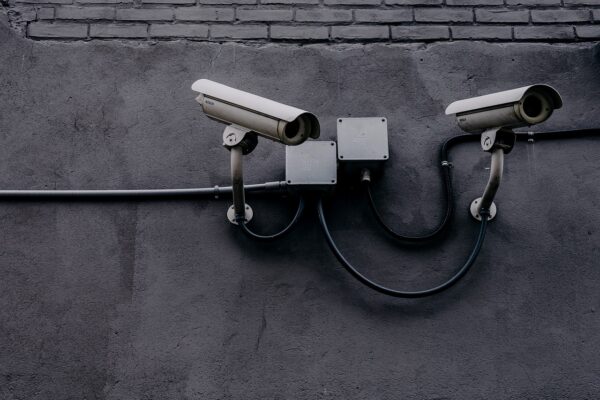The ACLU and other privacy advocates have long cautioned against the widespread use of a tool called ShotSpotter (recently renamed “SoundThinking”), warning that the gunshot detection technology is ineffective, fatally flawed, and further entrenches racially biased policing and surveillance.
The internal documents leaked to WIRED exposed the locations of ShotSpotter’s nationwide network of more than 25,000 microphones, equipment used to detect sounds of gunfire and alert police to the scene. This is the first time information about where the sensors are placed has been disclosed publicly, and it confirms what we have always suspected: ShotSpotter is a surveillance tool used disproportionately in communities of color.
In Milwaukee, which has spent millions in taxpayer dollars since 2010 to implement the system, we now know that sensors are present exclusively in the North and South sides of the city– in predominantly Black and Latinx communities – while ShotSpotter is nowhere to be found in majority-white neighborhoods. And while we’re still waiting to see proof that ShotSpotter has legitimately helped to lower rates of gun violence in Milwaukee, data from other cities tells us that ShotSpotter is largely unreliable, error-prone, and ill-equipped to make us safer.
According to a 2021 Northwestern Law School study, 89% of ShotSpotter alerts in Chicago did not lead to police finding evidence of a gun-related crime on arrival, and 86% didn’t lead to any report of any crime at all. Often, Shotspotter sensors were triggered by a car back-firing, fireworks, or other loud sounds. In two years, there were more than 40,000 dead-end ShotSpotter deployments in Chicago. That alone equates to a colossal waste of time, energy, and taxpayer dollars that could have otherwise supported services proven to increase public safety.
These false alarms send police on numerous trips (in Chicago, more than 60 times a day) into communities for no reason and on high alert, expecting to confront a potentially dangerous situation. Given the already tragic number of shootings of Black people by police, that is a recipe for disaster. Tragically, about a week ago, the Chicago Office of Police Accountability confirmed that an erroneous ShotSpotter report led police in January to shoot at a boy lighting fireworks in a backyard.
The Wisconsin Supreme Court has ruled that ShotSpotter alerts can be used as a basis to establish “reasonable suspicion” for a stop-and-frisk. That decision effectively creates a dragnet for law enforcement, with the potential to sweep up anyone in the vicinity of an area ShotSpotter sends police to. In a city where Black people are already vastly more likely to be stopped and frisked by police, ShotSpotter could make the problem even worse.
Milwaukee is pouring millions of tax dollars into a specious surveillance program with a history of producing catastrophic consequences like false arrest, wrongful imprisonment, and hostile, violent police encounters. Meanwhile, its residents can’t do anything about it. At a minimum, ShotSpotter and other state surveillance tools should be subject to public scrutiny and transparency.
We all deserve to know what surveillance technology is being deployed in our communities, how it impacts us, and have the power to regulate or ban it entirely. In addition to ShotSpotter, Milwaukee is surveilling residents with Cell Site Simulator (“Stingray”) technology, Flock automated license plate recognition cameras, a growing network of private security cameras directly accessible to MPD, among other surveillance technologies. Passing a Community Control over Police Surveillance (CCOPS) ordinance would require all policing technology to undergo a public hearing and Common Council approval before adopting this technology and order law enforcement to publish an annual report documenting a technology’s efficacy and financial burden.
Let’s demand transparency and public control over police technology – and rather than buying more dubious surveillance tech – let’s invest in proven public safety solutions that address housing insecurity, joblessness, and lack of opportunity.
Watch our policy analyst’s PBS interview about the impacts of the ShotSpotter leak: https://pbswisconsin.org/news-item/jon-mccray-jones-on-shotspotter-surveillance-in-milwaukee/




